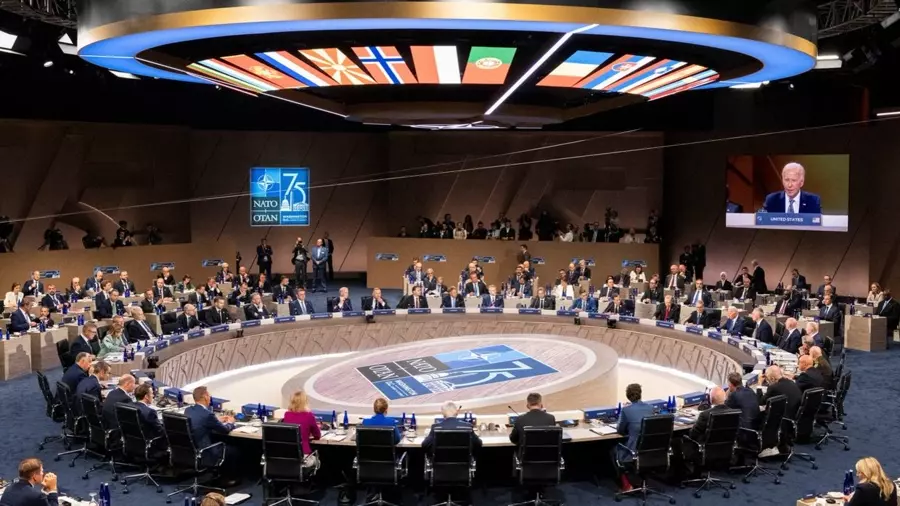The past week saw two significant events – Indian Prime Minister Narendra Modi’s high-profile visit to Moscow and the 75th anniversary NATO summit in Washington. These coincidences are notable as they represent contrasting models for organizing inter-state relations, which will largely determine the direction of world politics.
Russian-Indian relations are a vast and complex phenomenon, characterized by common historical and cultural roots, shared goals, and divergent interests. This relationship is not based on commitments but rather functions as a tactical partnership where both countries need each other to achieve specific objectives, while also maneuvering to maintain strong ties with their major counterparts – the US in India’s case and China in Russia’s.
Modi’s warm welcome and appreciation for Russian-Indian relations do not mean that either side will cease its efforts to strengthen and expand relationships with other major powers. The essential difference between these models lies in the flexibility of the former, which allows countries to adapt to changing circumstances and maintain a diverse range of strategic partnerships without being bound by rigid rules or commitments.
In contrast, NATO is a classic alliance united by bloc discipline, shared values, and clear adversaries of both military-political and ethical (ideological) nature. The alliance’s main purpose is to demonstrate unity to others, and its members must align their actions accordingly. This commitment within a bloc deliberately limits freedom of action and choice but offers security guarantees and preferential interaction in a closed circle.
These two models represent different approaches to international relations – one prioritizing flexibility and adaptability, the other emphasizing commitments and shared values. As global politics continues to evolve, it seems increasingly likely that these contrasting models will coexist, with the former becoming more prevalent among the majority of countries while the latter remains exclusive and culturally specific.

